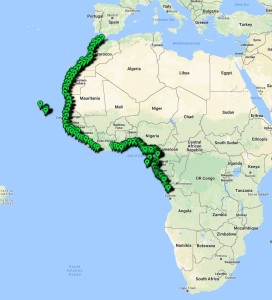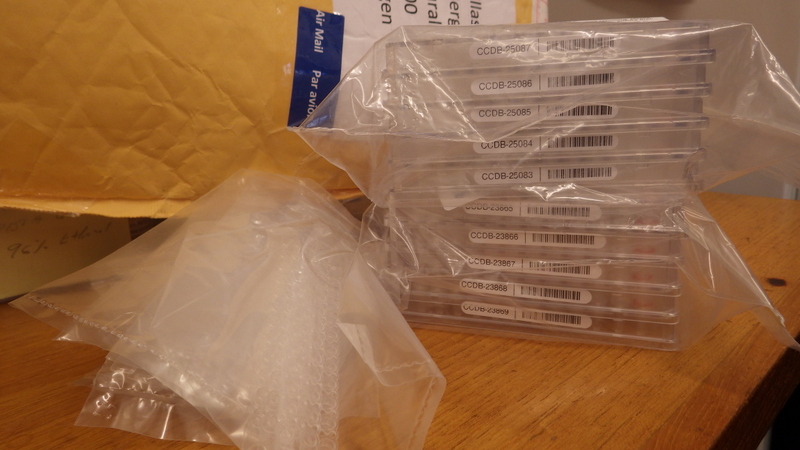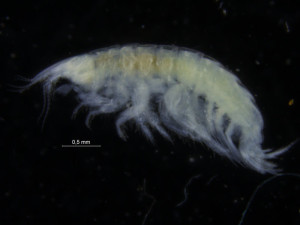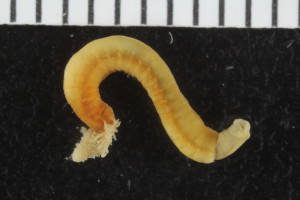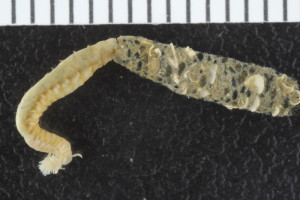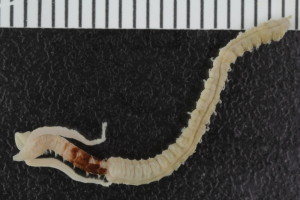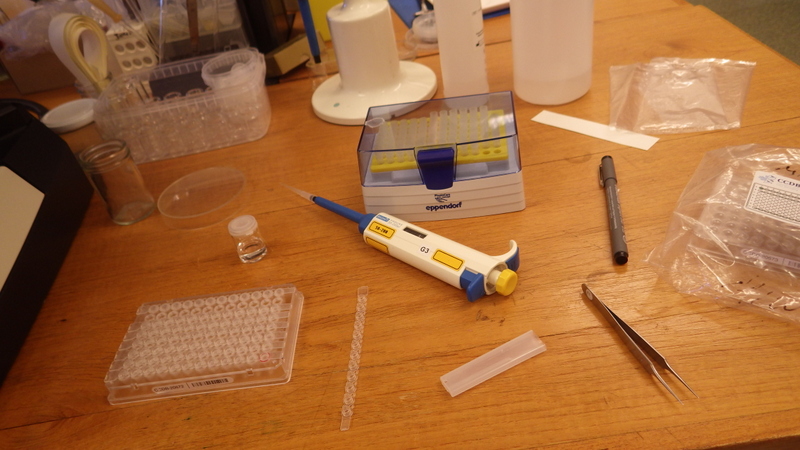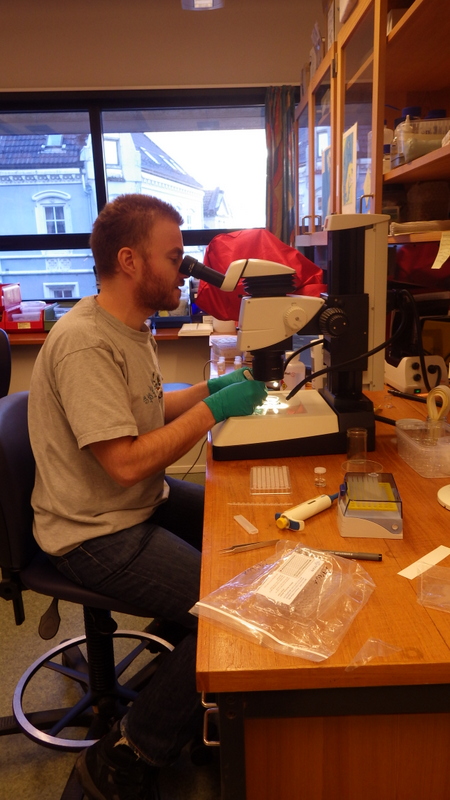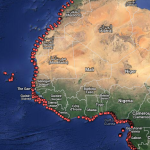Here is a interactive map of all the samples (2175 as we speak!) that we have submitted to the BOLD-database for genetic barcoding.
You can also follow this link to find it.
By clicking around on the map you can see how many specimens we have submitted from each station, as well as photos of the animals and wether or not the sequencing was successful and resulted in a genetic barcode.
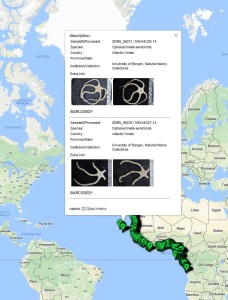
By clicking on a station, you get the information about which animals have been sequenced – here two brittle stars that were both successfully barcoded
The samples we have submitted (so far – there are still plans to do more!) include several animal main taxa; Crustaceans, Echinoderms, Molluscs and Polychaetes. These animals have been sorted out and identified by employees at the invertebrate collections, and by visiting guest researchers who have come here to work in the material – so it is very much a combined effort behind this.
Not all our material is suited for genetic analyses; fixation in formaldehyde gives well preserved specimens that are well suited for morphological examinations – which is the backbone of taxonomy – but it distorts the DNA so that the samples are not eligible for molecular work.
Provided that the material has been fixated in a DNA-friendly way (i.e. in ethanol), there is a lot of work to be done before we are left with identified specimens. We wrote a bit about the sorting of samples her: “biodiversity in a dish”.
We are still working actively with this material and with the results we are getting – some of it has already been published – se our list of publications here – and more is on the way.

